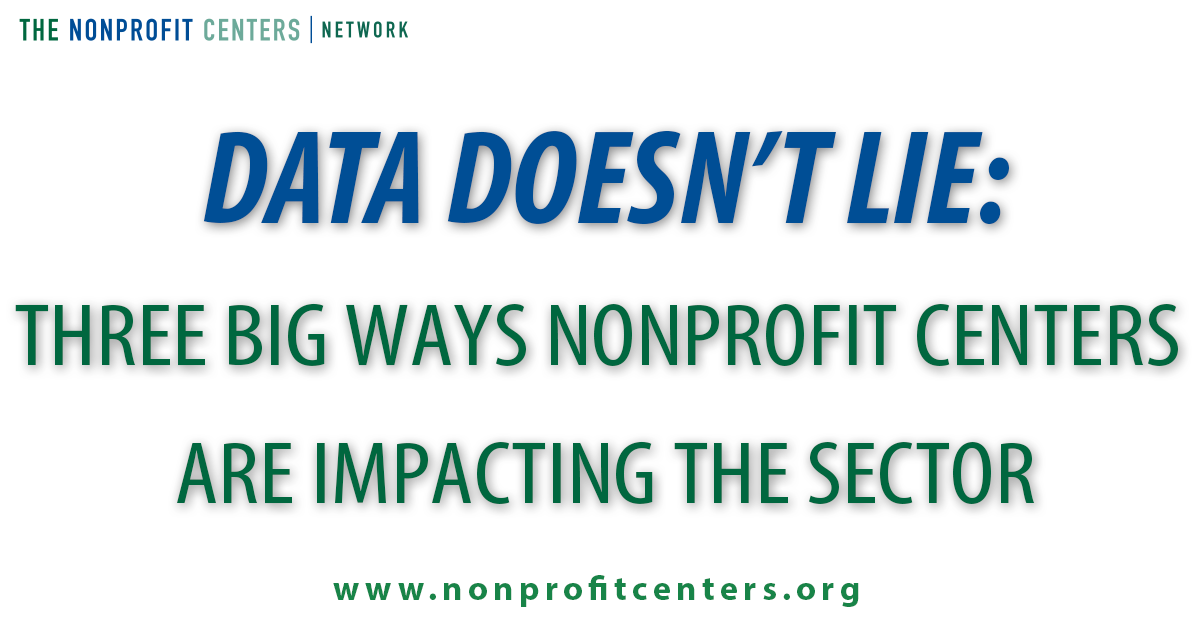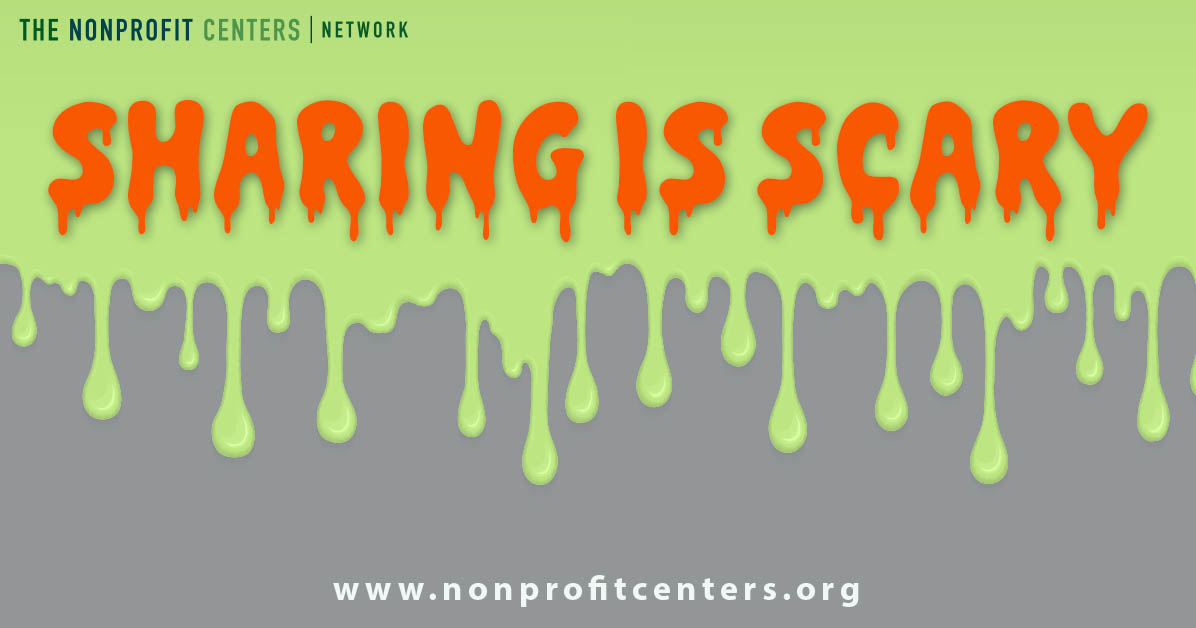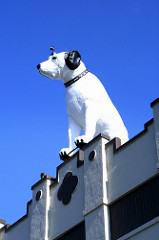 Would the nonprofit community in upstate New York’s Capital Region be willing to try something new? This is the question we have been considering for some time. As partners on a number of initiatives targeting social and economic justice in our community, SEFCU and Siena College’s Center for Academic Community Engagement (ACE) have supported organizations that address the needs of poor and marginalized populations.
Would the nonprofit community in upstate New York’s Capital Region be willing to try something new? This is the question we have been considering for some time. As partners on a number of initiatives targeting social and economic justice in our community, SEFCU and Siena College’s Center for Academic Community Engagement (ACE) have supported organizations that address the needs of poor and marginalized populations.
As we assessed the impact of this work, we began to question whether our current model might actually be a barrier to our goals—that is by providing safety net and capacity building support (financial and otherwise) are we thwarting the community-based collaborative efforts necessary to address the multiple needs in our region? It seems so—our traditional model encourages organizations to compete for funding instead of addressing community-wide problems of service duplication and gaps. We are not encouraging nonprofit professionals to consider together the overarching needs and assets of the community when formulating initiatives. This design cultivates an antagonistic environment where organizations have become increasingly distrustful of each other.
We began to explore whether a shared services/shared space model could lay the groundwork for the multi-organizational interventions crucial for community impact. The subsequent 2016 NCN Feasibility Study of Shared Services/Shared Space explored whether or not our community was open to collaborative initiatives bolstered through shared resources.
While the data showed nonprofit organizations were willing to collaborate on certain projects or initiatives. Many respondents suggested that this collaboration should begin “some time in the future”—possibly suggesting a time when said respondent no longer works at the organization. Additional data confirmed that there was distrust among community stakeholders, organizational parochialism, regional resistance to change, and critical funding concerns (from the findings of the 2016 NCN Shared Services Feasibility Study, Planning Committee Meeting, August 2016)
After analyzing these data, NCN recommended implementing a low stakes communications platform which could build trust and social capital among nonprofit professionals and community members, increase awareness of shared interests and the exchange of information, break down the barriers that have thwarted our community goals, and lay the groundwork for future collaborative efforts.
We have already seen progress in this effort. A team of NEXT Fellows has evaluated various online community platforms and selected one. They plan to implement a beta test in early 2018 with a group of early adopters and community ambassadors. The portal should be fully operational by the end of the Spring 2018 semester. SEFCU and ACE have been promoting this initiative in the community and our nonprofit partners are excited to participate. A NEXT team will continue to administer the platform for the upcoming year as we assess the model, develop and implement effective practices and policies, and market the portal to the nonprofit Capital Region Community.
*Statues of Nipper the RCA dog were placed on buildings all over northeast during the 1950s. The last remaining Nipper statue resides in Albany, NY. It is an iconic landmark in the NY Capital Region. Nipper the RCA Dog, License, Bill Morrow, No changes made
Organization: SEFCU
Website: www.sefcu.com
Facebook: https://www.facebook.com/sefcu/
Twitter: https://twitter.com/SEFCU





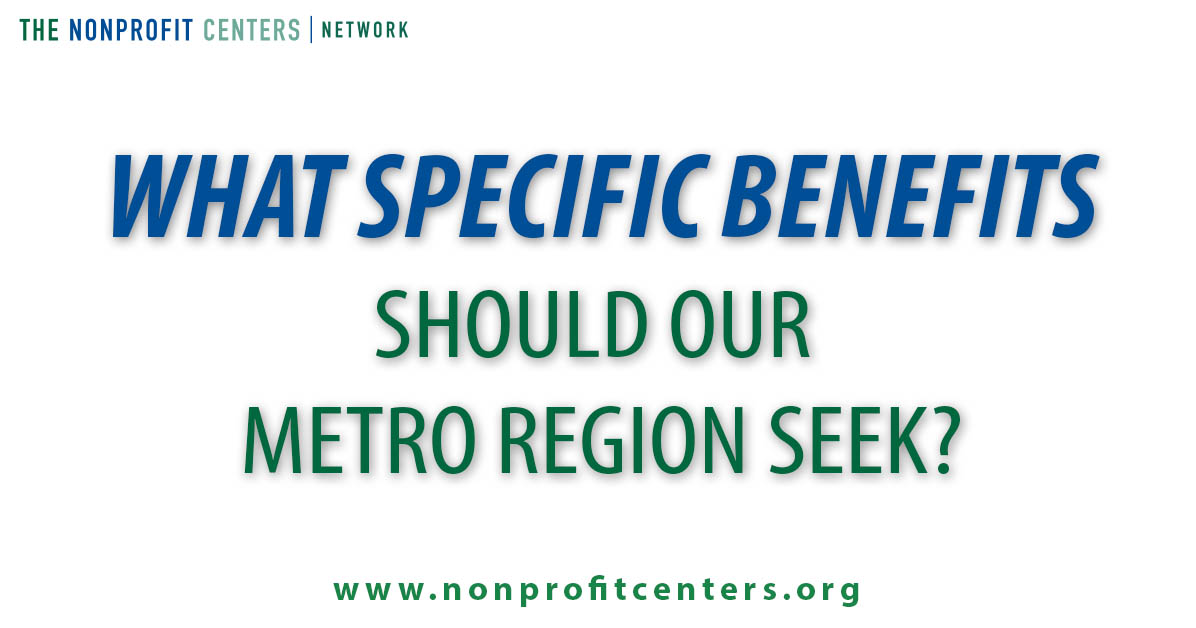
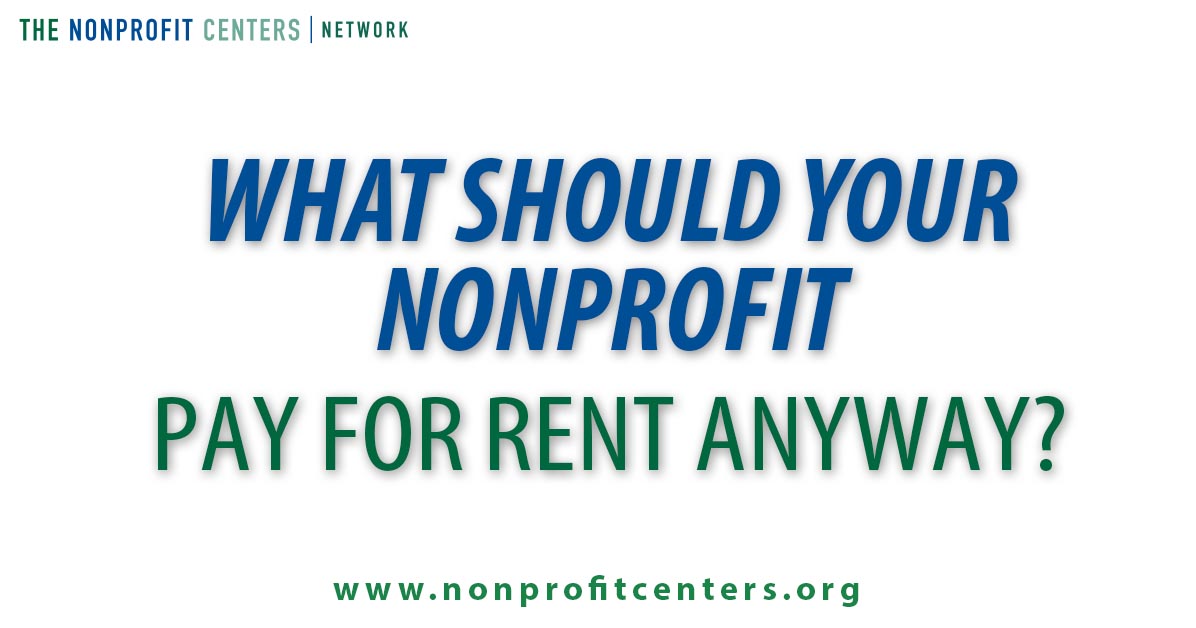

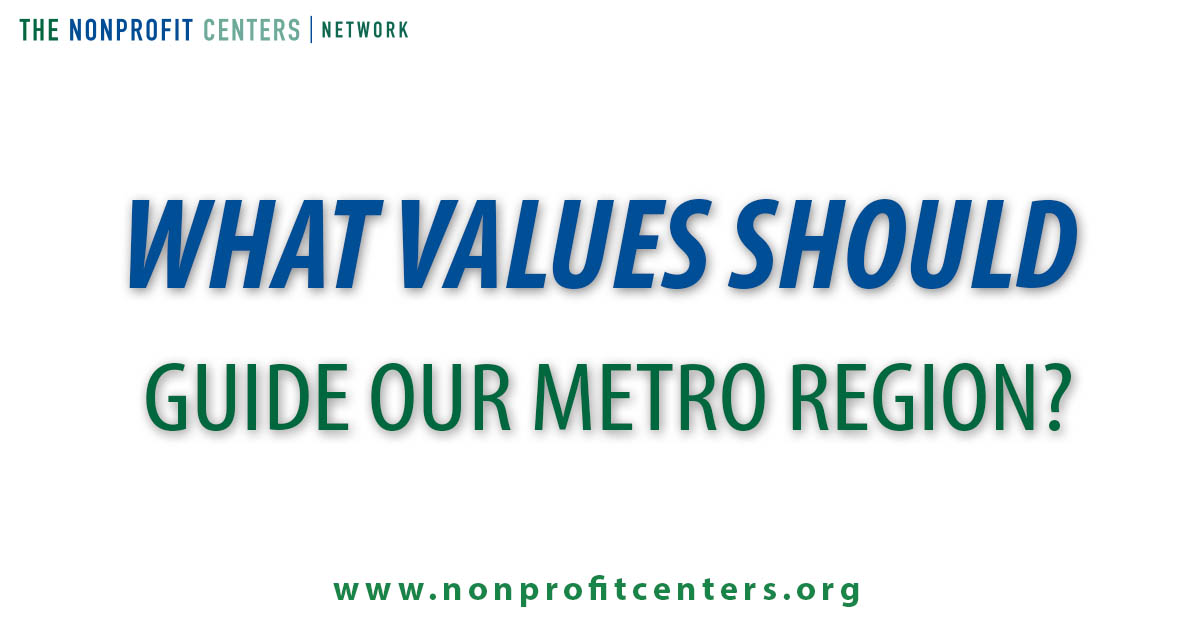
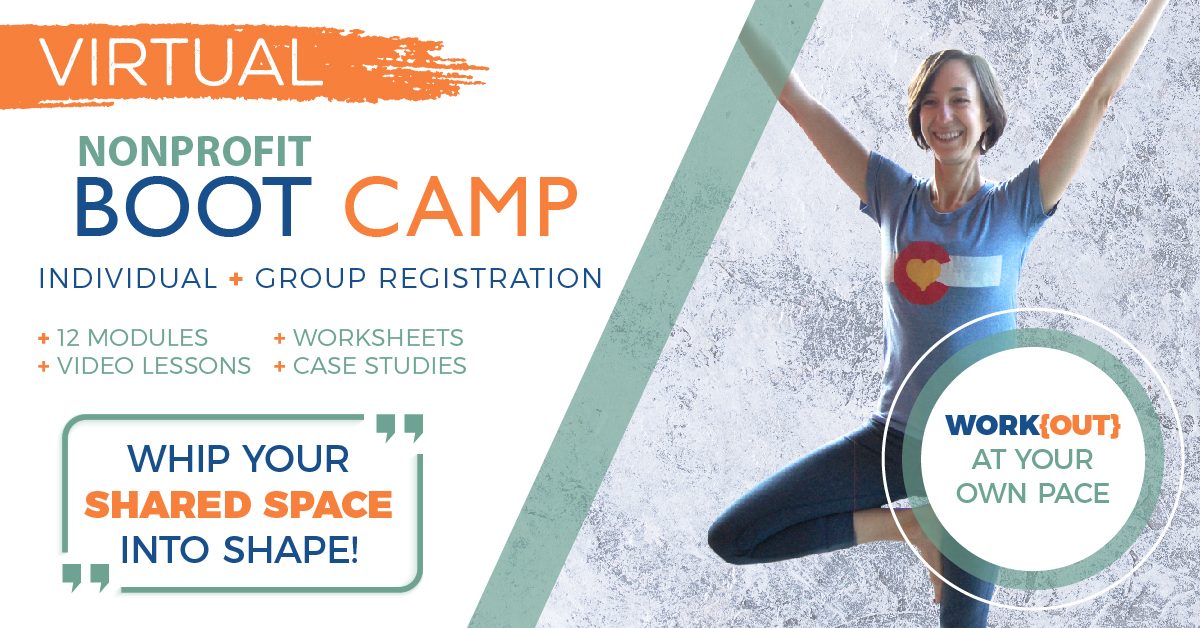

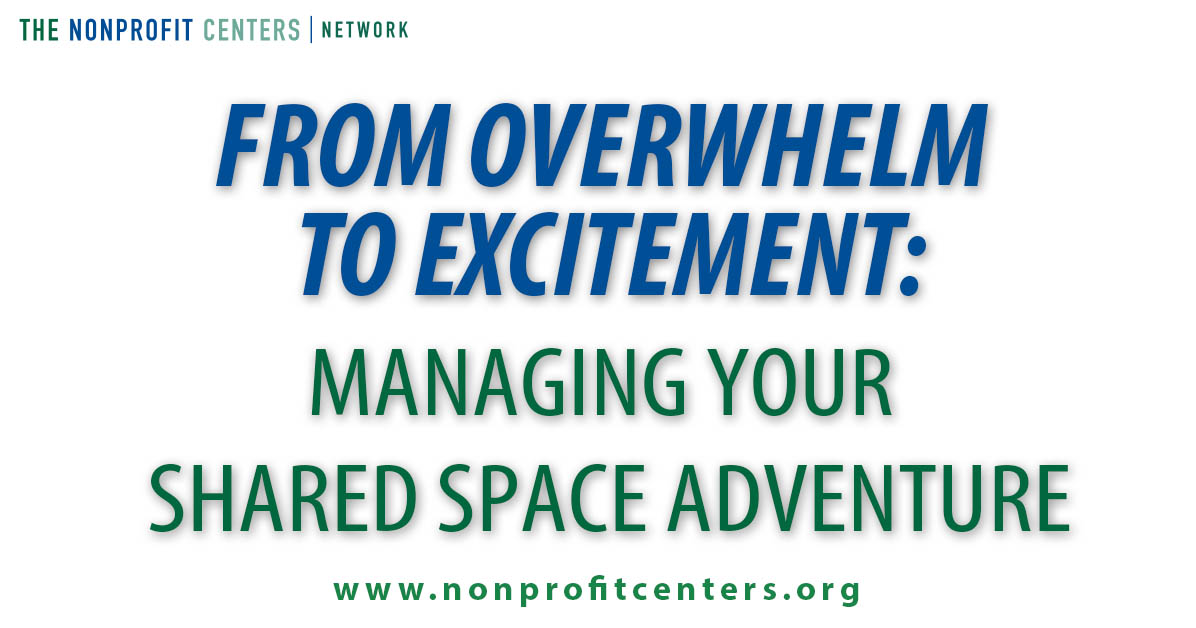
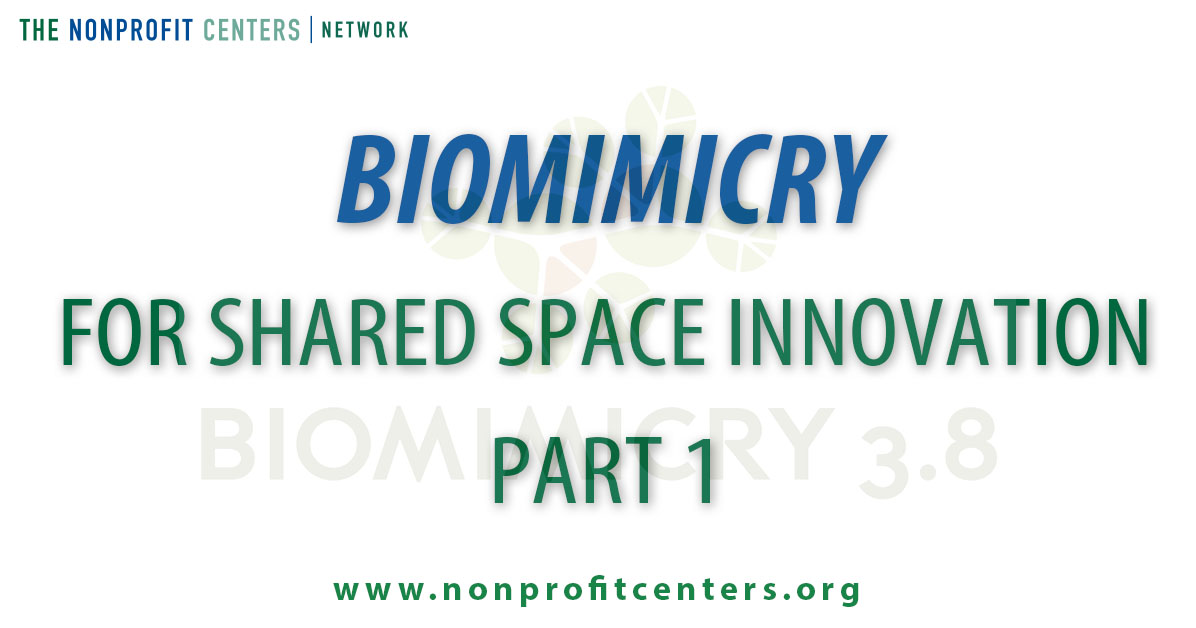
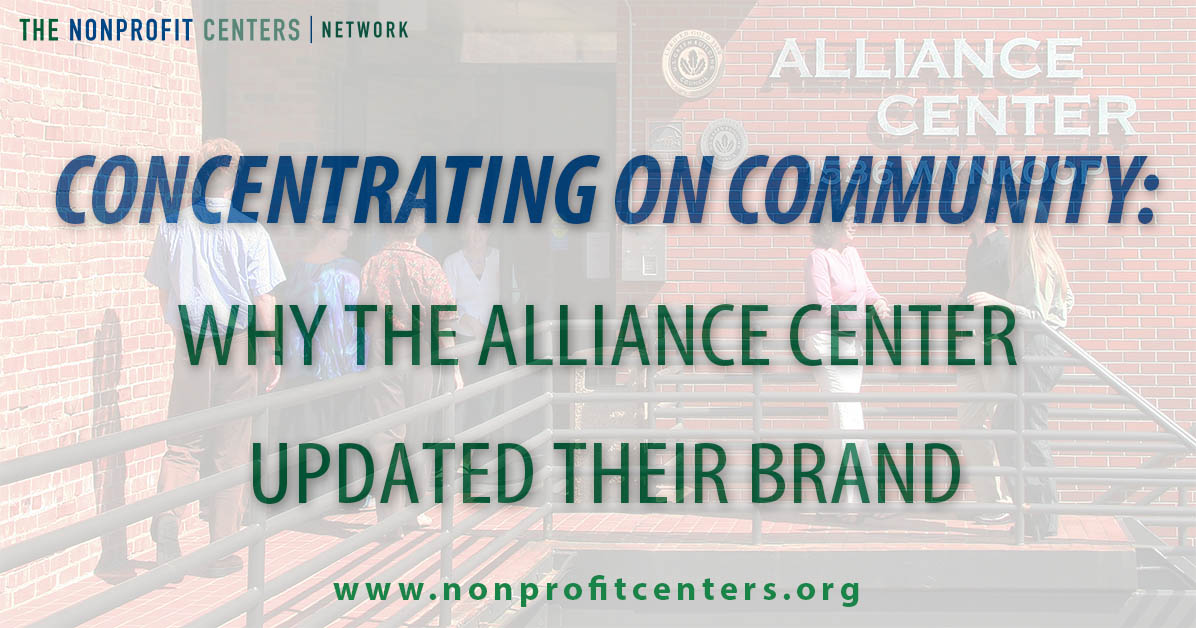
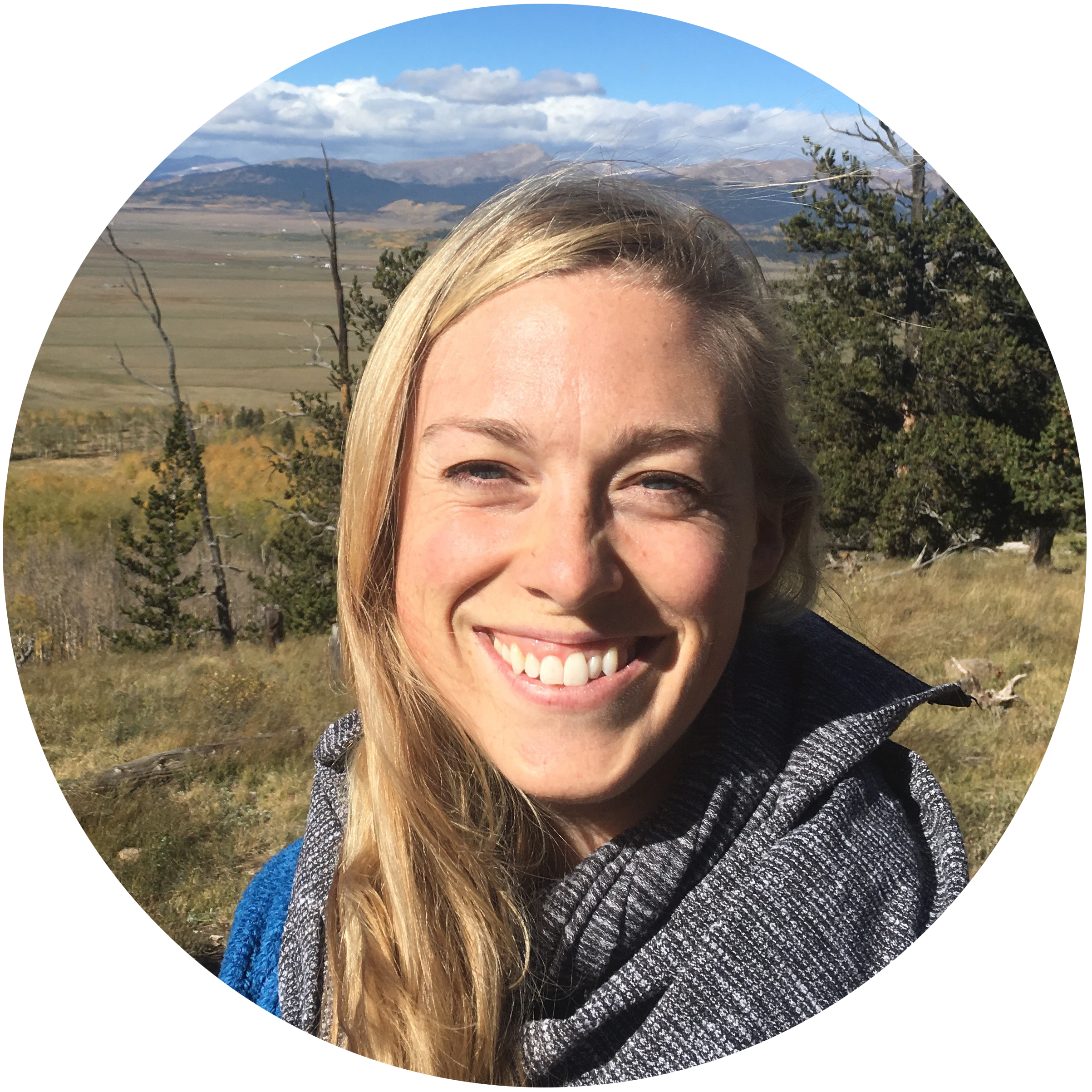
 Would the nonprofit community in upstate New York’s Capital Region be willing to try something new? This is the question we have been considering for some time. As partners on a number of initiatives targeting social and economic justice in our community, SEFCU and Siena College’s Center for Academic Community Engagement (ACE) have supported organizations that address the needs of poor and marginalized populations.
Would the nonprofit community in upstate New York’s Capital Region be willing to try something new? This is the question we have been considering for some time. As partners on a number of initiatives targeting social and economic justice in our community, SEFCU and Siena College’s Center for Academic Community Engagement (ACE) have supported organizations that address the needs of poor and marginalized populations.